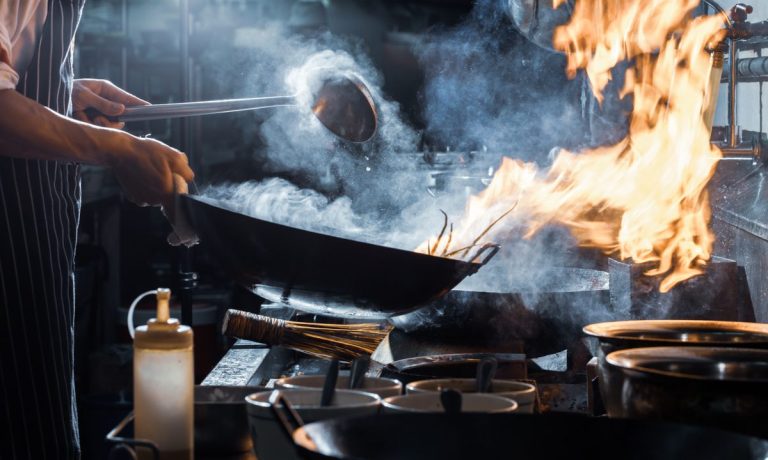
As restaurants continue to face inflationary challenges, technology providers have the opportunity to drive sales, offering solutions that can ease their cost anxieties.
Most recently, software, point of sale (POS), and payment solutions provider SpotOn announced Monday (March 21) the launch of several tools meant to specifically target these anxieties, including a profit margin calculator and a whitepaper with profit-boosting advice.
Earlier in the month, leading restaurant delivery aggregators including DoorDash, Grubhub and Uber Eats all kicked off initiatives to help keep delivery going in the face of inflation, aiming to help ease the burden of gas prices. DoorDash and Grubhub are both offering ways to pay drivers a little more for long distance trips, and Uber Eats announced that it is adding a $0.35 or $0.45 surcharge on all Uber Eats orders to compensate workers for the gas cost.
Read more: Aggregators Tackle Gas Challenges; Chipotle Tests Autonomous Kitchen Assistant
The U.S. Bureau of Labor Statistics (BLS) Consumer Price Index (CPI) found that, in February, food away from home (i.e., restaurant food) prices rose 6.8% year over year, and they rose 0.4% month over month. Gasoline prices, meanwhile, have skyrocketed, increasing 38%, and fuel oil prices specifically have risen even more dramatically (43.6%).
While rising costs may pose concerns, inflation is not the strongest headwind facing restaurants at the moment, and it has not yet had a major negative impact on consumer demand for restaurant meals.
“That’s not what [operators are] worried about right now,” Andrew Robbins, CEO of Software-as-a-Service (SaaS) customer experience management (CXM) solutions provider Paytronix, told PYMNTS’ Karen Webster in an interview earlier this month. “It’s all about labor.”
See more: Labor Challenges Stifling Would-Be Restaurant Boom, Paytronix CEO Says
As such, many of the tech innovations that restaurants are seeking out the most have less to do with managing the costs of food or goods and more to do with automating labor-intensive tasks.
For instance, Chipotle announced Wednesday (March 16) that it is trying out an artificial intelligence (AI) autonomous kitchen assistant, “Chippy,” created by Miso Robotics, to prepare tortilla chips according to the brand’s recipe.
“Our goal is to drive efficiencies through collaborative robotics that will enable Chipotle’s crew members to focus on other tasks in the restaurant,” Chipotle Chief Technology Officer Curt Garner said in a statement.
Additionally, some restaurants are investing in technologies to reduce the labor it takes to bring the check to the customer, take the check back to the POS system, and return the card to the customer.
Texas Roadhouse, a Louisville, Kentucky-based restaurant chain, which has 660 restaurants in 49 U.S. states and 10 other countries, announced earlier this month that it is partnering with ordering and payment solution provider Ziosk to provide pay-at-table capabilities through tabletop tablets.
Read more: Texas Roadhouse Adds Pay-at-Table Capabilities
“As the restaurant industry continues to see an increase in on-premise dining, a resurgence of innovative technology will be critical, both in providing a better experience for the guest and to improve operational efficiency,” Ziosk Co-Founder Raymond Howard said in a statement.